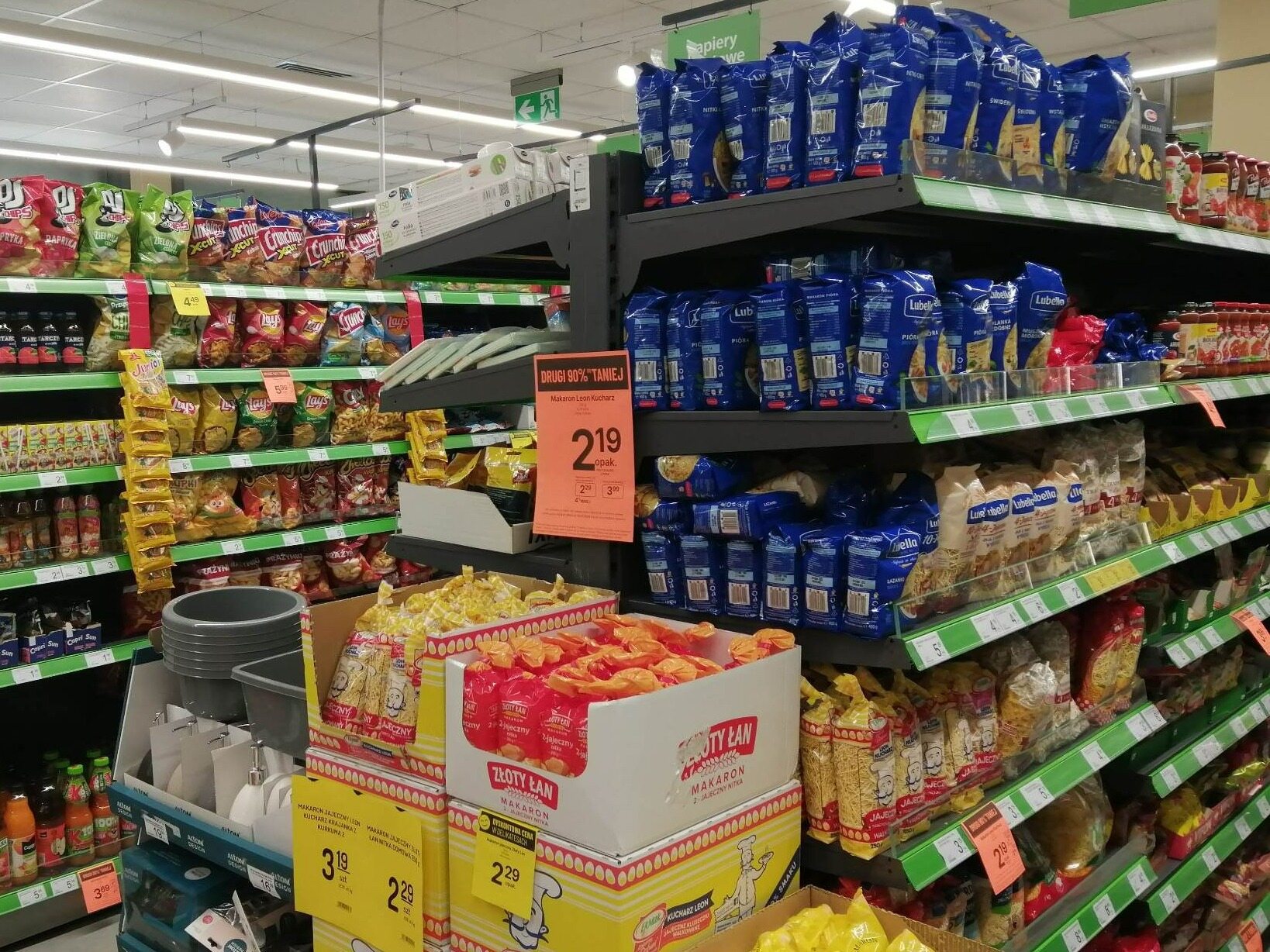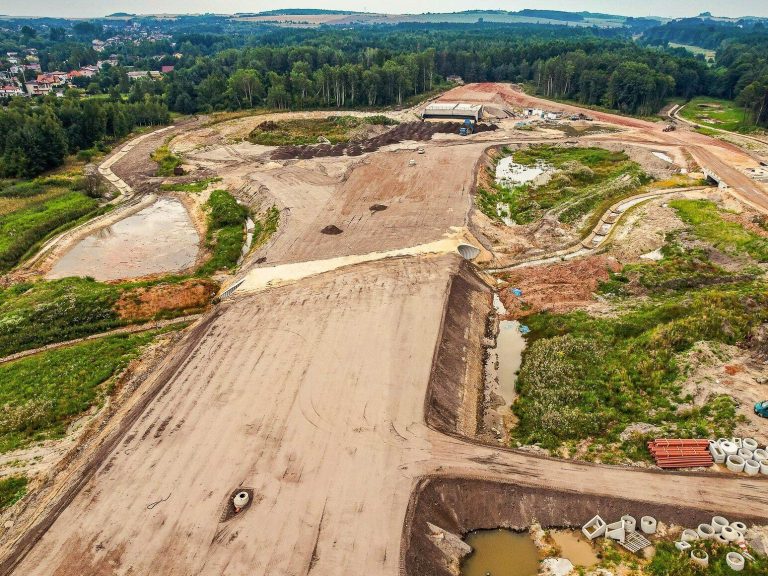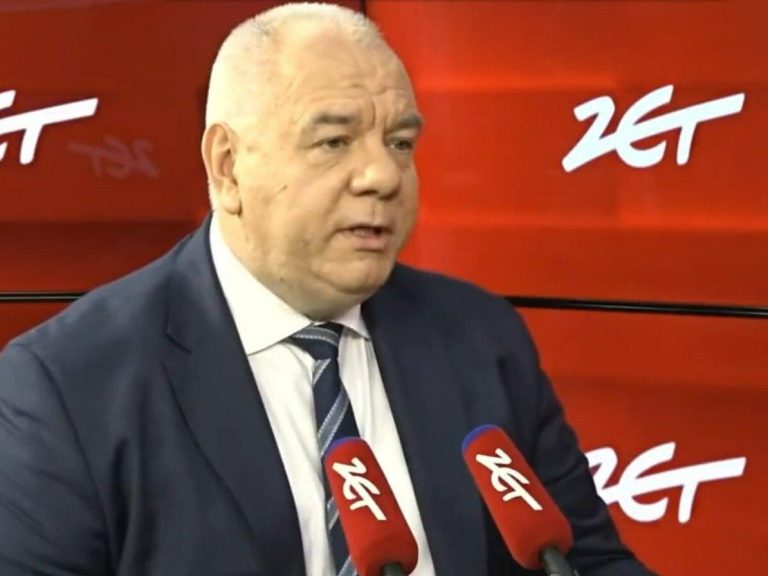The high prices tormented us for several quarters. Will the Central Statistical Office confirm that inflation has dropped to around 2 percent?

On Friday, March 29, the Central Statistical Office will publish the so-called quick inflation estimate for March. Economists expect it to be below 2.5%. Even if such low inflation will stay with us only for a while, because it will quickly go up after the withdrawal from zero VAT, after months of high prices, this is fantastic news.
Among the words that have become quite popular in the last three years and have been used much more often than ever before is inflation. This phenomenon in the economy was well described decades ago, but after the year 2000 we do not particularly care about it on a daily basis. A change in this respect came in 2021, when prices began to rise quite rapidly.
The increase in inflation in that period was primarily caused by rising prices of fuel, energy and food. In September 2021, the price for a barrel of oil on global markets was the highest in three years. Rising food prices were, in turn, the result of violent weather phenomena that destroyed crops in various regions of the world and the increasing prices of fertilizers.
Why did inflation start to rise in 2021?
Fertilizers did not become more expensive by themselves: the responsibility for this can be attributed to Russia, which began to increase gas prices in 2021. There was no reason to justify this move, but Russia was already preparing to attack Ukraine and wanted to destabilize Western countries in various ways. Shortly after the war began, it overnight terminated contracts to supply gas to many of its customers, including Poland. The immediate reason for the termination of the contracts was the lack of consent of the recipients to change the currency in which gas was paid from dollars to rubles. Even if our government agreed to change the currency, Russia would still find another excuse to cut off supplies and hit our economy.
After the outbreak of the war in Ukraine, European countries had to quickly replace Russian gas and oil supplies, and Poland also had to find coal suppliers. Due to developed distribution channels, Russian raw materials were cheap and came to us in the right quantity, and they were also of good quality. We saw this especially in the context of coal: coal imported from Indonesia or South Africa often did not meet basic parameters. It crumbled and burned quickly. Nevertheless, in 2022, it was completely missing from stores, and desperate customers signed up for reservation lists and hoped to buy a few tons before the start of the heating season so as not to freeze in the winter. To support customers who had to pay several times more for coal than a year earlier, the government introduced a coal voucher of PLN 3,000. zloty.
Inflation peaks in February 2023
We felt all these difficulties in our wallets: in September 2022, prices in Poland were on average 1.6%. higher than in August and by 17.2 percent exceeded the rates from the same period of 2021. The peak of inflation occurred a few months later: in February 2022, the prices of consumer goods and services increased by 18.4% compared to the same month last year. (with an increase in the prices of goods – by 20.2% and services – by 13.3%). The following month, inflation dropped to 16.1%, but remained in double digits for several months.
All European countries faced high inflation. Citizens of the Baltic states faced large price increases: in September 2022, prices were more than 22%. higher than last year; the price of bread increased by as much as 37%. This is one of the highest inflation levels in the euro zone.
To cope with high bills, households, local governments and companies sought savings. State offices and institutions were ordered to reduce by 10%. total consumption energy electricity in the premises they occupy. We started replacing light bulbs with energy-saving ones and installing motion sensors so that the lights in the corridors only turned on when someone passed by. Citizens were also looking for savings: each of us can probably tell the story of how in 2022 we gave up some pleasures or changed our habits to save in the face of constantly rising prices.
Inflation may fall below 2.5%.
Why are we writing about this today? On Friday, March 29, the Central Statistical Office will publish the so-called quick inflation estimate for March. Many analysts expect an extremely low ratio. Consumer inflation in February 2024 was 2.8%. on an annual basis, in March it may fluctuate around 2%. This would be fantastic news, although it should be borne in mind that it may go up in the coming months. On April 1, zero VAT on some food products will cease to apply, and in a few months the government will begin to withdraw the energy shields. This will increase inflation.
“In a few days, the Central Statistical Office will announce the so-called a quick reading of inflation for March and it is entirely possible that it will be even less than 2.5%. y/y. Unfortunately, inflation hasn't gone anywhere and things haven't stopped at all. From the same data you will learn that prices in services are growing at a rate close to 7%. Services are ~40%. expenses of Polish families,” wrote a member of the Monetary Policy Council, prof., on her LinkedIn profile. Joanna Tyrowicz.






